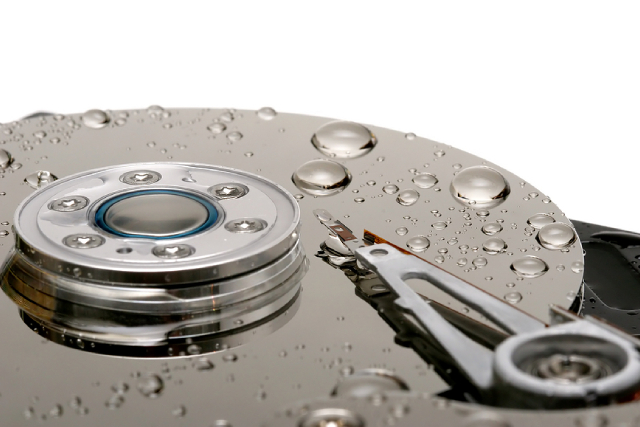Network Attached Storage (NAS) devices are widely used by businesses and individuals to store and share data across multiple devices. NAS devices are often preferred over traditional external hard drives due to their convenience, reliability, and ease of use. However, like any storage device, NAS devices are not immune to data loss. In this blog post, we will discuss NAS data recovery and how to retrieve your lost data.
What is NAS Data Recovery?
NAS data recovery refers to recovering data from a failed or damaged NAS device. In a RAID configuration, NAS devices use multiple hard drives to store and protect data. If one or more hard drives fail or become damaged, the data stored on the NAS device can become inaccessible. NAS data recovery is accessing and recovering data from a damaged or failed NAS device.
What Causes NAS Data Loss?
There are several reasons why data can be lost on a NAS device. Some of the most common causes of data loss on NAS devices include:
- Power surges or outages that cause damage to the device or the hard drives.
- Physical damage to the hard drives due to drops, impacts, or other accidents.
- Logical damage caused by file system errors, viruses, or software issues.
- Human error, such as accidentally deleting files or formatting the wrong drive.
- Hardware failures, such as hard drive failure or motherboard failure.
How to Retrieve Lost Data from a NAS Device?
If you experience data loss on your NAS device, there are several steps you can take to retrieve your lost data. These include:
- Stop using the device immediately: A damaged NAS device can cause further damage and complicate data recovery.
- Contact a professional data recovery service: NAS data recovery can be complex and delicate, requiring specialized tools and expertise. Contacting a professional data recovery service specializing in NAS data recovery is recommended.
- Detailed information: When contacting a data recovery service, provide as much detailed information about the device and the data loss as possible. This will help the data recovery service determine the best action.
- Allow the data recovery service to perform a diagnostic: A diagnostic will determine the extent of the damage and the likelihood of successful data recovery. The data recovery service will provide a detailed report and a quote for the recovery cost.
- Approve the recovery process: If you agree to the cost and scope of the recovery, the data recovery service will begin the recovery process. This may involve repairing or replacing damaged hardware, cloning the hard drives, and extracting the data.
In conclusion, NAS data recovery is a complex process that requires specialized expertise and tools. Suppose you experience data loss on your NAS device. In that case, it is important to stop using it immediately and contact a professional data recovery service. With the right tools and expertise, a professional data recovery service can help you retrieve your lost data and return to business as usual.



